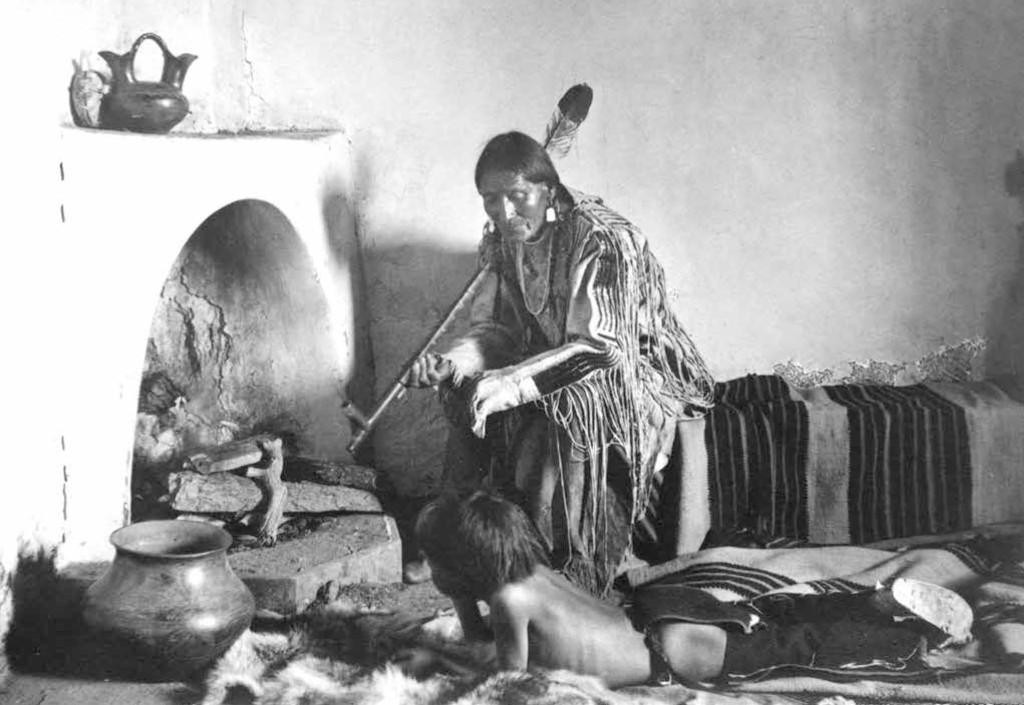
Tobacco holds a long-standing history within the indigenous communities of Canada. This article delves into the rich cultural significance, traditional uses, and the impact of tobacco trade on indigenous communities. We explore the arrival of Europeans, the subsequent regulation and control imposed by the government, as well as contemporary issues and challenges faced by native tobacco in Canada.
1. Introduction
Tobacco has been an integral part of indigenous cultures in Canada for centuries. The native people have cultivated and used tobacco in various forms long before the arrival of Europeans. The plant held profound spiritual, medicinal, and social importance within their communities. However, with the arrival of Europeans, the dynamics surrounding native tobacco underwent significant changes. This article uncovers the fascinating history of native tobacco, shedding light on its cultural heritage and the challenges it faces today.
2. Pre-Colonial Use of Tobacco
Before the arrival of Europeans, indigenous communities in Canada had a deep connection with tobacco. Native tobacco, often referred to as sacred tobacco, played a vital role in their cultural and spiritual practices. It was believed to have a direct link to the spirit world and was used in ceremonies, rituals, and healing practices. The smoke from tobacco was considered a means to communicate with the spiritual realm, seek guidance, and express gratitude.
3. Arrival of Europeans and Tobacco
When European explorers arrived in Canada, they brought with them a new variety of tobacco. The introduction of European tobacco to indigenous communities resulted in a fusion of traditional and introduced tobacco practices. The Europeans viewed tobacco primarily as a commodity for trade, while the indigenous people maintained their sacred connection to the plant. The arrival of Europeans marked the beginning of a complex relationship between native tobacco and the settlers.
4. Traditional Uses of Native Tobacco
Native tobacco held multifaceted roles within indigenous communities, extending beyond ceremonial practices. Its uses encompassed spiritual, medicinal, and social aspects, each contributing to the fabric of indigenous life.
4.1. Ceremonial and Spiritual Significance
Ceremonies involving native tobacco played a central role in indigenous cultures. Tobacco was used to create smoke, which was believed to carry prayers and messages to the spiritual realm. It was an essential element in rituals such as smudging, vision quests, and sweat lodge ceremonies. These ceremonies provided a means to connect with the ancestors, seek spiritual guidance, and promote healing.
4.2. Medicinal Uses
Native tobacco possessed medicinal properties and was utilized by indigenous healers for its therapeutic effects. It was employed in various forms, such as smoking, chewing, or as poultices, to treat ailments ranging from respiratory conditions to toothaches. The healing properties of tobacco were attributed to its cleansing and purifying qualities.
4.3. Social and Recreational Uses
Beyond its spiritual and medicinal uses, native tobacco played a significant role in social gatherings and recreational activities within indigenous communities. It was often shared among community members during storytelling sessions, celebrations, and traditional games. The act of passing tobacco symbolized unity, friendship, and respect among individuals.
5. Impact of Tobacco Trade on Indigenous Communities

With the advent of the fur trade and the establishment of European settlements, the native tobacco trade expanded rapidly. The tobacco trade had profound effects on indigenous communities, shaping their cultural landscape and causing both positive and negative consequences.
5.1. Cultural Shifts and Social Consequences
The introduction of commercial tobacco and the increasing dependence on trade disrupted the traditional practices surrounding native tobacco. Indigenous communities faced cultural shifts as they navigated the influence of the tobacco trade. The cultural significance of native tobacco began to evolve, and some traditional practices were modified or abandoned altogether. Additionally, the trade introduced new dynamics to social relationships, as tobacco became a valuable commodity exchanged between indigenous peoples and European settlers.
5.2. Health Effects and Addiction
As the availability of commercial tobacco increased, so did its impact on the health of indigenous communities. The addictive nature of tobacco led to the emergence of addiction-related issues within these communities. The health consequences associated with smoking, such as respiratory diseases and cancer, became prevalent. The introduction of commercial tobacco brought about an unfortunate shift in the perception of tobacco, from a sacred plant with spiritual and healing properties to a potential health hazard.
6. Government Regulation and Control
Recognizing the social and health implications of tobacco use, the Canadian government implemented various regulations and control measures concerning native tobacco within indigenous communities.
6.1. Treaties and Agreements
Throughout history, treaties and agreements have been established between the government and indigenous communities to address the tobacco trade. These agreements aimed to regulate the distribution, sales, and taxation of tobacco, ensuring that it does not undermine the well-being and cultural heritage of indigenous peoples.
6.2. Tobacco Taxation and Sales Regulations
The government implemented taxation policies and sales regulations to curb the use of tobacco and mitigate its negative impact. These measures aimed to discourage smoking, promote public health, and provide resources for smoking cessation programs within indigenous communities.
7. Contemporary Issues and Challenges
Despite efforts to regulate and control tobacco, contemporary issues and challenges persist within indigenous communities.
7.1. Cultural Preservation and Revitalization
Many indigenous communities actively work toward preserving and revitalizing the cultural significance of native tobacco. Efforts are made to reconnect with traditional practices, educate younger generations about the sacredness of tobacco, and restore its cultural value within the community. These initiatives aim to ensure that native tobacco retains its rightful place in indigenous customs and traditions.
7.2. Public Health Concerns
Public health concerns related to tobacco use continue to be a challenge within indigenous communities. Organizations and community leaders strive to raise awareness about the health risks associated with smoking and implement programs to promote healthier lifestyles. The goal is to address the high rates of tobacco-related diseases and improve overall community well-being.
8. Conclusion
The history of native tobacco in Canada is deeply intertwined with the cultural heritage of indigenous communities. From its pre-colonial use to its transformation through European influence and the challenges faced today, tobacco remains an integral part of their identity. While the tobacco trade has brought about both positive and negative consequences, efforts to preserve cultural practices and address health concerns show a commitment to maintaining a balanced and respectful relationship with this sacred plant. You can buy native smokes online at online stores like Native Smokes Canada.
9. FAQs
1. How is native tobacco different from commercial tobacco? Native tobacco refers to the tobacco cultivated and used traditionally by indigenous communities, holding cultural and spiritual significance. Commercial tobacco, on the other hand, is mass-produced tobacco aimed at the broader market.
2. What role does tobacco play in indigenous ceremonies? Tobacco plays a central role in indigenous ceremonies, serving as a medium to connect with the spiritual realm, express gratitude, seek guidance, and promote healing.
3. Are there any medicinal uses for native tobacco? Yes, native tobacco has been historically used for medicinal purposes within indigenous communities. It was employed to treat various ailments and promote healing.
4. How has the tobacco trade impacted indigenous communities? The tobacco trade introduced new dynamics to indigenous communities, influencing their cultural practices, social relationships, and health outcomes.
5. What measures are being taken to address the health concerns related to tobacco use? Efforts are being made to raise awareness about the health risks associated with tobacco use, promote healthier lifestyles, and provide resources for smoking cessation programs within indigenous communities.




